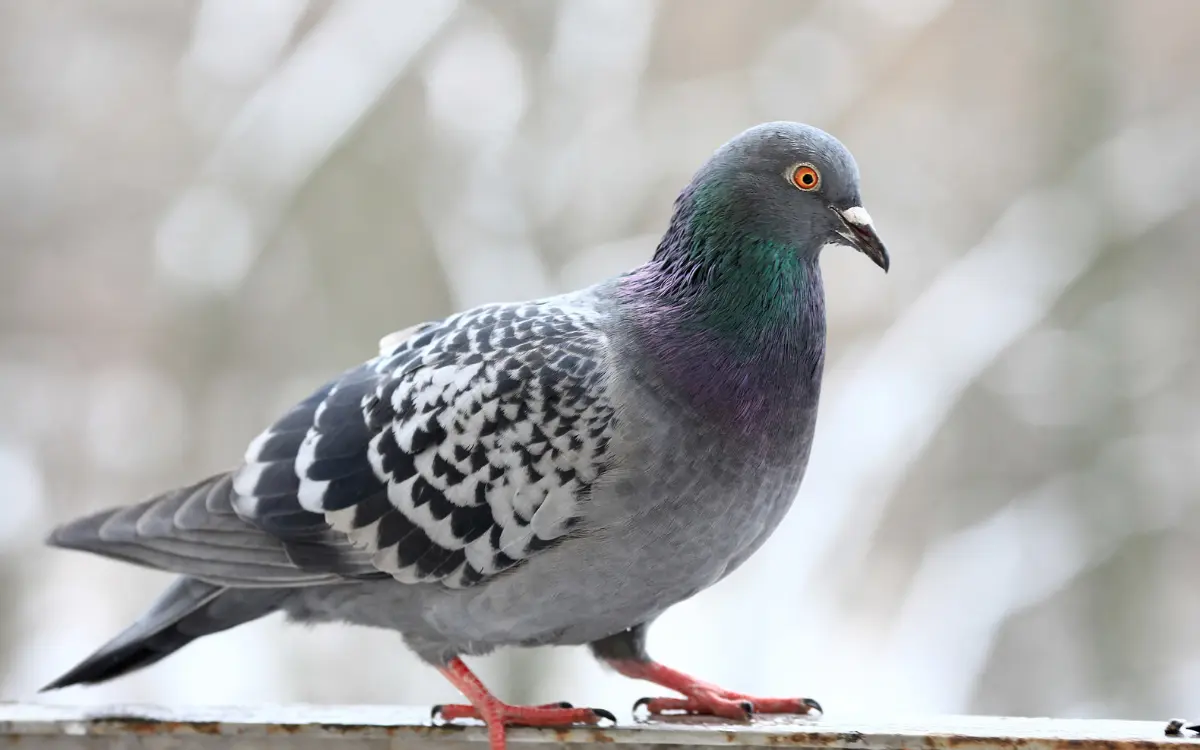Red headed Sparrow vs House Finch: Identification Guide
Confused between a Red-headed Sparrow and a House Finch? While both birds show off red coloring, they’re not the same. The Red-headed Sparrow, often referring to the Chipping Sparrow with its rusty crown, differs from the House Finch, known for its red face and chest. This guide explains how to tell them apart by color, shape, and song—so you’ll know exactly what bird you’re seeing.
Red headed Sparrow

The term “Red-headed Sparrow” is commonly used, but it can refer to a few different species. Most often, people mean the Chipping Sparrow or sometimes even confuse it with Red-headed Finch species found in other regions. For simplicity, we’ll focus on the Chipping Sparrow, a bird often misidentified due to its reddish crown.
The Chipping Sparrow is a small, slender bird with a distinct reddish-brown patch on the top of its head, which is its most noticeable feature during the breeding season. Its underparts are pale gray, and it has a black eye line that makes the head appear more defined. This sparrow prefers open woodlands, gardens, and even suburban areas. It’s an active forager, usually hopping along the ground in search of seeds and small insects. You’ll often see it flicking its wings or tail nervously as it moves about.
House Finch

The House Finch is a much more common backyard bird, especially in North America. You can find them at feeders all year round. Males are the easiest to spot due to their reddish foreheads, throats, and chests. Females, on the other hand, are brownish and streaked, lacking the red coloring entirely.
This bird has a more chunky build than the sparrow, and its beak is thicker and more conical perfect for cracking seeds. House Finches adapt easily to urban environments, often nesting on building ledges, hanging plants, or in trees near homes. They’re social birds, often seen in small flocks, and they have a bouncy flight and cheerful, warbling song.
Read also: Song Sparrow vs House Sparrow: Key Differences for Birdwatchers
How to Tell Them Apart

While they might look similar at a glance, especially the males, a closer look reveals key differences between these two birds. The Red-headed Sparrow (Chipping Sparrow) has a reddish cap, not a red chest. In contrast, the House Finch’s red is mostly concentrated around the face and chest.
Another easy way to tell them apart is by their beaks. The House Finch has a much thicker, seed-cracking beak, whereas the Chipping Sparrow’s beak is more slender and pointed. Their songs also set them apart—House Finches have a more fluid, musical warble, while Chipping Sparrows have a sharp, repetitive trill.
In terms of habitat, House Finches are often spotted in densely populated areas, while Chipping Sparrows tend to prefer open forests or field edges. So, your location can give you a clue too.
Here’s a quick breakdown:
| Feature | Red-headed Sparrow (Chipping Sparrow) | House Finch |
| Red Marking | Reddish cap only | Red face, chest, and flanks |
| Beak Type | Thin and pointed | Thick and conical |
| Body Size | Slim and lightweight | Chunkier and more rounded |
| Song | Trilling “chip-chip-chip” | Warbling and melodic |
| Habitat | Woodlands, shrubs, parks | Backyards, cities, feeders |
Read also: Chipping Sparrow vs House Sparrow: The Quick ID Guide
Where You’ll Find Them
Chipping Sparrows are more widespread in spring and summer, especially in the northern and central parts of North America. They often migrate south in winter. You’re most likely to see them perched on a fence post or fluttering low over grassy areas.
House Finches, on the other hand, don’t migrate much. They’re found year-round in most parts of the U.S. and are incredibly adaptable. Whether you’re in a bustling city or quiet suburb, there’s a good chance you’ve seen one perched near a feeder.
Spotting Tips in Real Life
If you’re still unsure, here’s a tip: focus on where the red is. Red on the top of the head? Likely a Chipping Sparrow. Red on the chest and face? You’re probably looking at a House Finch. Also, pay attention to their posture—sparrows often look more upright and sleek, while finches are bulkier and move in short bursts.
Are There Any Similarities?
Yes, both birds are small, have brown and gray tones, and enjoy seeds. Both are also common in human-influenced environments, so you’ll see them more often than many other bird species. They also enjoy feeders, especially if you stock sunflower seeds and millet.
Final Thoughts
Red-headed Sparrows and House Finches may look alike to the untrained eye, but once you know what to watch for—where the red is, the shape of the beak, and how they sing—you’ll be able to identify them with confidence. So next time you’re out birdwatching, take a moment to look closely. That splash of red might be trying to tell you something.






